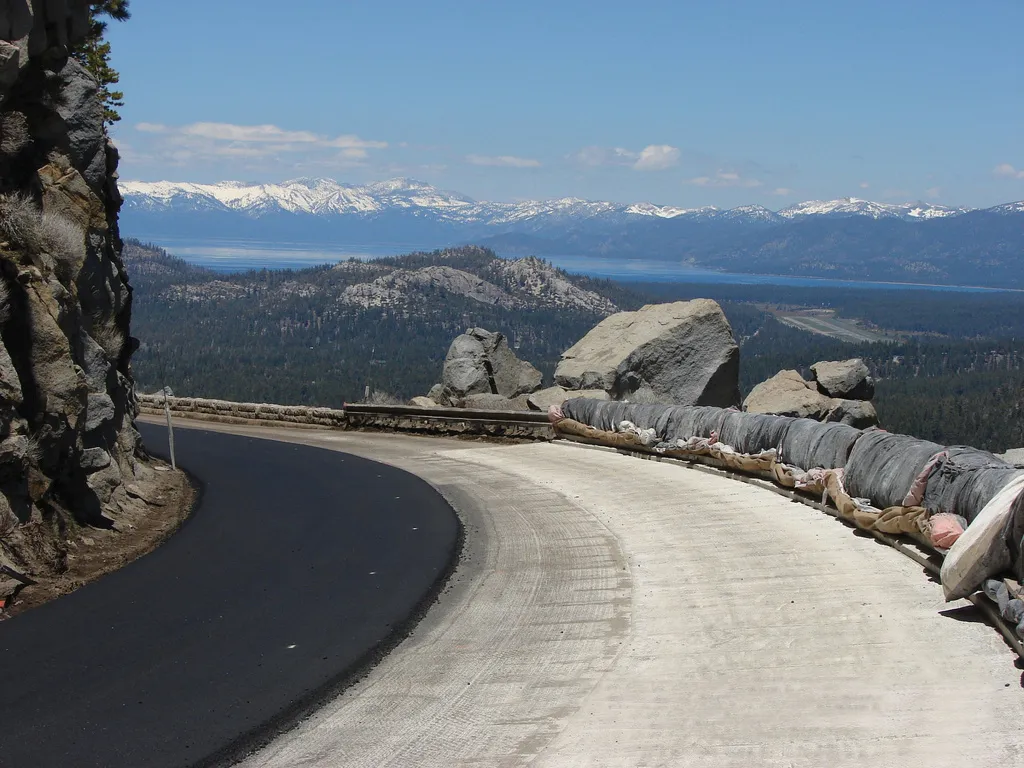In the UK, double yellow lines painted close at the kerbside denote an area where parking is not allowed. But in the city of Cambridge the authorities have decided to paint double yellow lines just 307mm long in between two parking bays. The space is barely large enough to park a radio-controlled car or to slot in a bicycle, let alone a motor vehicle, but the city’s authorities have nevertheless decided that it is important to denote the area is not to be used. Quite why it was felt necessary to take the ti
August 15, 2013
Read time: 1 min
In the UK, double yellow lines painted close at the kerbside denote an area where parking is not allowed. But in the city of Cambridge the authorities have decided to paint double yellow lines just 307mm long in between two parking bays. The space is barely large enough to park a radio-controlled car or to slot in a bicycle, let alone a motor vehicle, but the city’s authorities have nevertheless decided that it is important to denote the area is not to be used. Quite why it was felt necessary to take the time and effort to paint the yellow lines is unclear but perhaps the contractor had some leftover paint and a few minutes to spare in between more necessary jobs.









